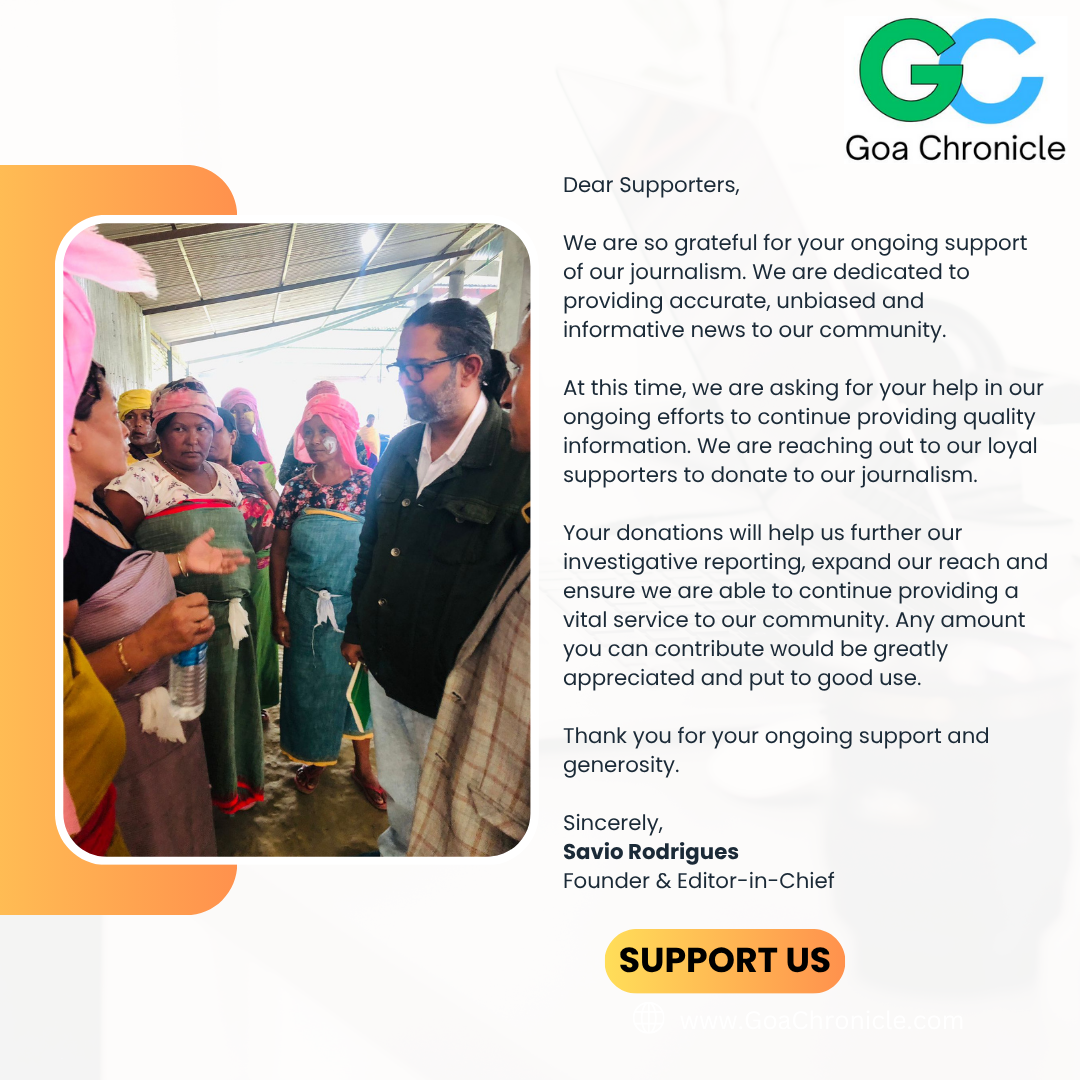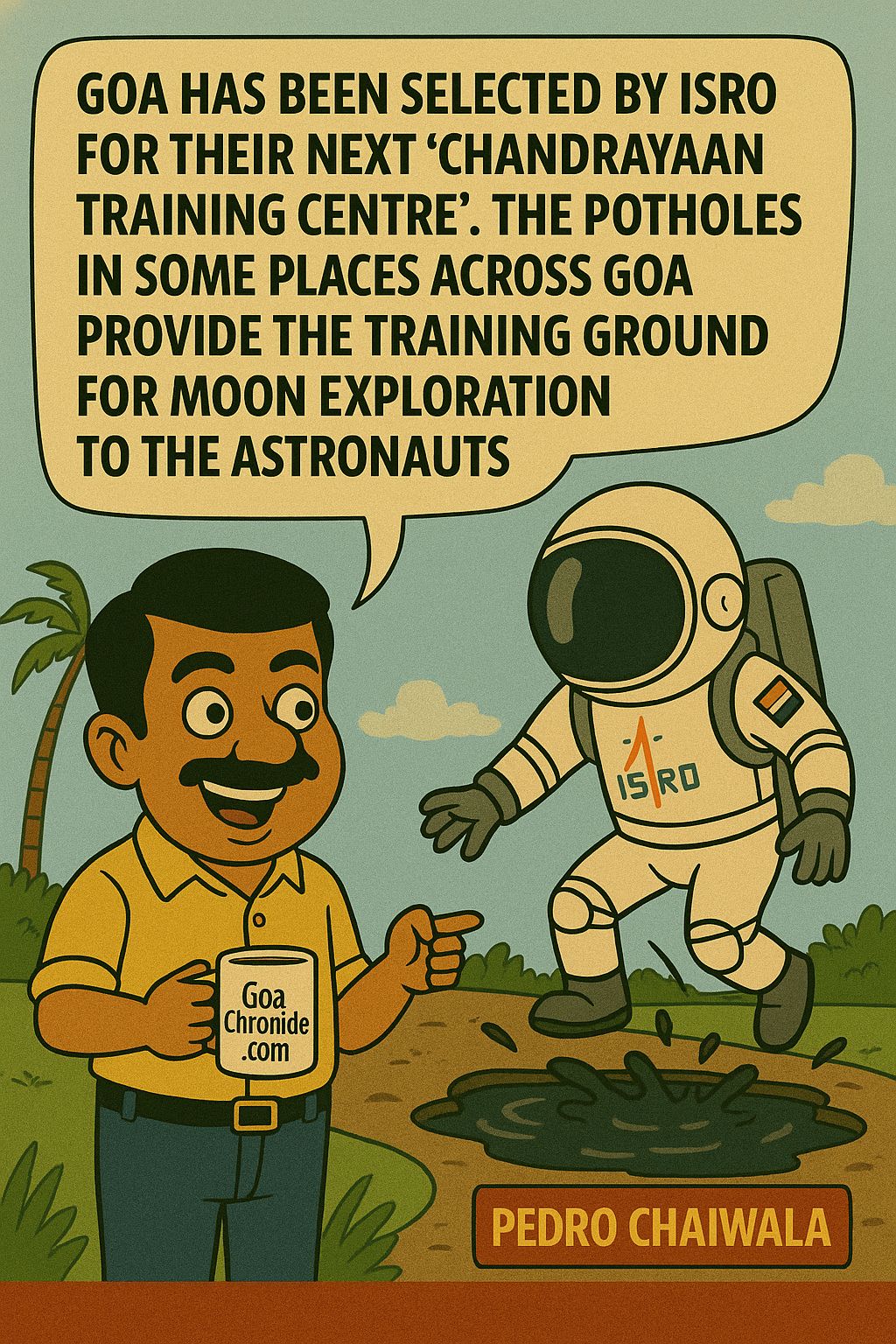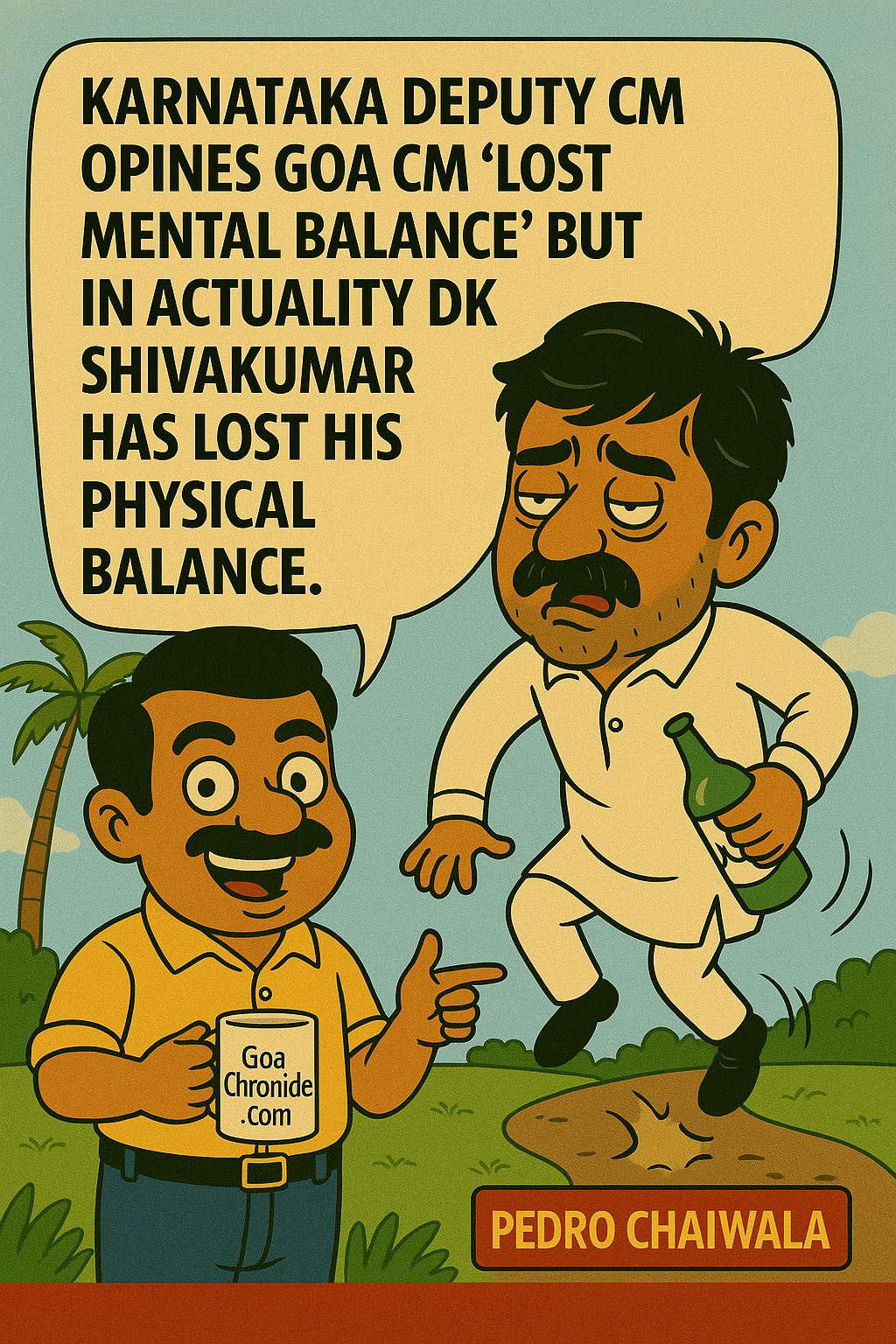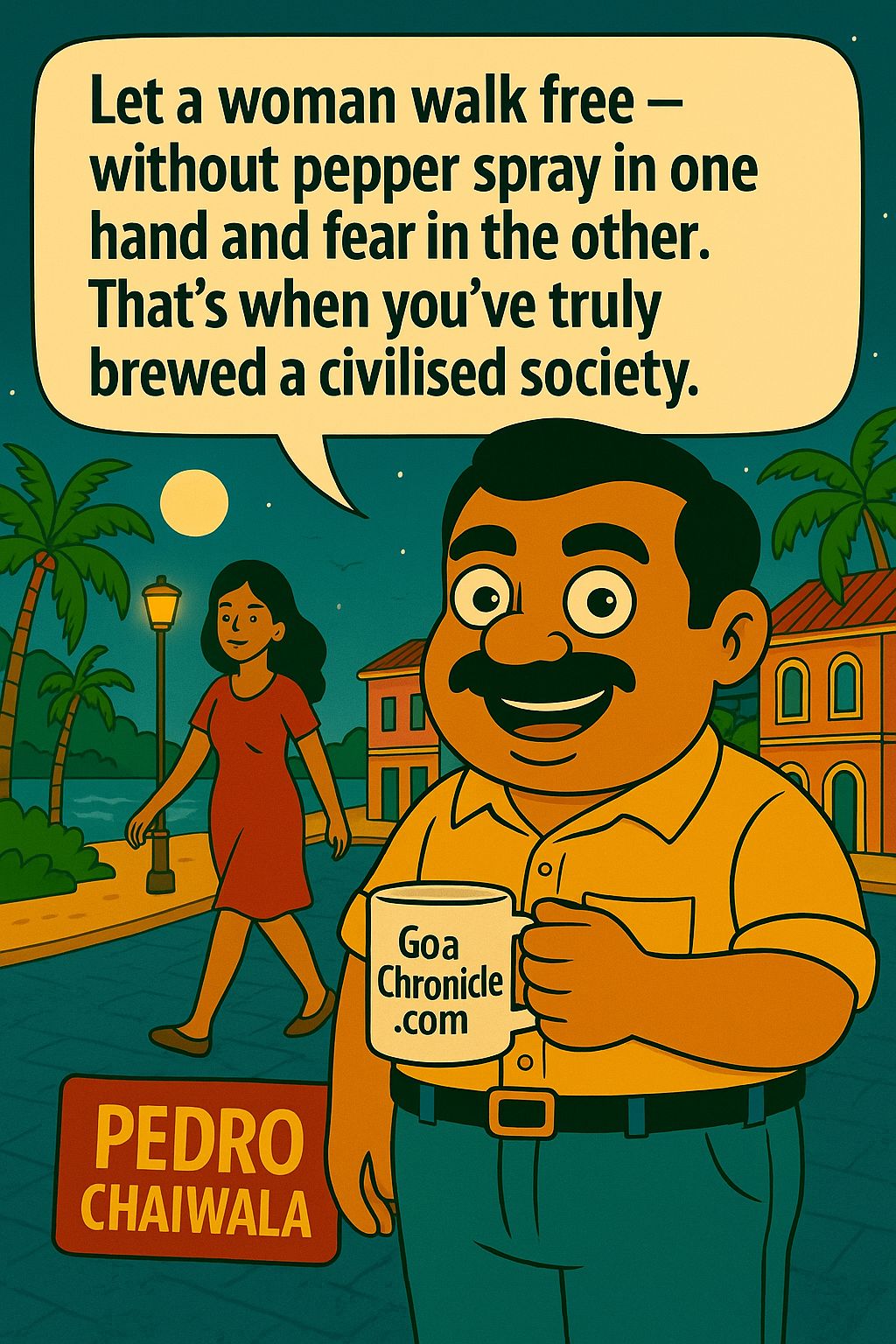To commemorate the memory of the departed valiants, 1300 KIA braves of the IPKF, in OP PAWAN ,a group of veterans is gathering on 29 Jul 22,at the National War Memorial , to mark the 35 th Anniversary of OP PAWAN in Sri Lanka. This would be the second private commemoration at the NWM, as the government officially honours only the KIA of 71 and the Kargil War of 1999.
To read all part of IPKF:
Part 1- https://goachronicle.com/the-indian-peace-keeping-force-in-sri-lanka-a-curates-egg/
Part 2- https://goachronicle.com/the-curates-egg-ipkf-and-indo-sri-lanka-accord-of-29-july-1987-part-2/
Part 3- https://goachronicle.com/ipkf-3-the-curates-egg-turn-of-the-tide-jaffna-medical-university-helidrop/
Part 4- https://goachronicle.com/ipkf-curates-egg-part-4/
Part 5- https://goachronicle.com/ipkf-5the-curates-egg-warriors-of-a-lesser-god/
Part 6- https://goachronicle.com/ipkf-6-the-curates-egg-the-hurt-lockers/
Part 7- https://goachronicle.com/ipkf-7-the-curates-egg-the-veer-naari/
Part 8- https://goachronicle.com/ipkf-8-the-curates-egg-author-interview-valiant-deeds-undying-memories/
Part 9- https://goachronicle.com/ipkf-9curates-egg-the-flaming-controversy/
Part 10- https://goachronicle.com/ipkf-10-the-ukraine-russia-conflict-a-jaffna-redux/
Part 11- https://goachronicle.com/ipkf-11-slava-ukraine/
Part 12- https://goachronicle.com/ipkf-12-the-curates-egg-the-forgotten-war/
Part 13- https://goachronicle.com/ipkf-13-the-curates-egg-my-style-of-command/
Part 14- https://goachronicle.com/ipkf-14-the-curates-egg-the-tankmen-at-war/
Part 15- https://goachronicle.com/ipkf-15the-curates-egg-the-helifirsts/
On June 4, 1987, five AN-32 transport aircraft, escorted by four Mirage 2000 fighters, air-dropped 24 tons of relief supplies over selected zones in Jaffna in the midst of a raging civil war. The operation provided succor to the besieged Tamils. This was tantamount to strategic signaling by India to Sri Lankan Govt, to stop pursuing the LTTE in Jaffna. On 29/30 July 1987, some 24 AN 12 and AN- 32 tactical medium lift transport aircraft flew into Palaly airfield near Jaffna town in the north of the island in a troop build-up of the IPKF. Later when hostilities broke out transport helicopters also assisted in the Jaffna battle, especially when movement of road transport columns was liable for interdiction by LTTE.
To quote Arjun Subramaniam:
“During the second half of October 1987, the IAF flew more transport and helicopter sorties in support of the ground forces, than at any similar period of time in the history of the country’s armed forces. Mi-25 gunships were employed to interdict the movement of militants from the Jaffna peninsula to the neighboring islands and mainland of Sri Lanka, Because the IPKF mission was originally a peace-keeping mission, the initial task for the air force was only strategic and tactical airlift. These were achieved in the initial phase, without any opposition, due to the nature of the accord. However, once fighting broke out, airborne operations and casualty evacuation (casevac) became the prime roles.”
In many cases the difficult job of the pilots would go unrecognized as the account was never put down on paper in detail by the awardee, the critical first step in the long chain of release of awards!!

It also highlights the aspect of “self-aggrandizement”, required before an officer could be cited for an award. One would suspect that many officers would perhaps miss an award out of sheer laziness to submit their individual account of valor, or by a superior officer’s laxity in failing to push for an award to a subordinate!! A pecking order did exist in awards, wherein senior officers would be given award overnight post haste, but a relatively junior officer in some instances had to wait far more. One could cite the case of brave heart Second Lieutenant Rajeev Sandhu, MVC (Posthumous) of 7 Assam who was awarded more than 18 months later. The longest wait for an award was perhaps the astonishing case of late Squadron Leader Devayya, who got his due more than 22 Years in 1987, after his qualifying act in the 1965 Indo – Pak War, wherein he shot down a Pakistani F-104 Starfighter, while himself piloting a Mystere. Devayya made the supreme sacrifice, and was awarded MVC, while the Pakistani pilot survived. The below account outlines the nature of operations undertaken by the IAF against all odds, in the peak of war against LTTE.
Below is an extract from the from the book “Valiant Deeds, Undying Memories” by authors copyright ©Lt Col Atul Kochhar and Lt Col BR Nair, published by Notion Press. The account is penned by Wing Cdr CD Upadhyay.
Task Force Pratap –Wing Commander CD Upadhyay, Vr C
118 Helicopter Unit (based at Guwahati, Assam) was mobilized for Op Pawan during the period from September 1986 to July 1988. Initially however in 1987, the unit was involved in Op Falcon with a detachment in Tawang, Arunachal Pradesh, looking after the Sumdorong Chu Area (site of Chinese intrusion) and also providing air maintenance from Zero airfield in Arunachal Pradesh and in Nagaland (from Jorhat air base). As the situation worsened over Sri Lanka, on 15 October 1987, HQ Eastern Air Command ordered me to fly to Jaffna during Op Pawan as the task force commander. I initially had six helicopters with four more joining later. The initial six helicopters comprised two from my unit, and two each from the units in Kumbi and Chabua. We were to concentrate at Bagdogra by 15 October, and proceed to Sri Lanka. With a depression sitting off the Andhra Coast, the six MI-8s flew in formation, 160 meters above ground level, fully equipped with guns, rocket pods and provision for bombing. To assist us with navigation, we only had the onboard aid of radio, compass, map, finger movement on map and ‘eyeballs’ support for look out. Crew from my unit were bubbling with enthusiasm, as we had recently been at the Dulanmukh range for rockets & gun firing and bombing practice.
We reached Jaffna on 18 October 1987, around sunset where I remained till 3 November 1987. During this period, the IPKF was engaged in fierce battles with the militants for control of Jaffna. My unit detachment carried on for another three months. As we reached, we were asked to remove all the offensive equipment and to hide them in trenches – we were after all on a peace keeping mission!! Then the real drama started. We could, on an average, carry out 90 to 100 sorties per day with 10 helicopters. With each sortie we would close in Jaffna from all directions, with tasks including inducting troops, to retrieving casualties and body bags, to delivering meals to our troops in the battlefield. For a bit of extra excitement, every now and then a lot of commando (10 Para Commando) operations were thrown in.
On 19 October, with army columns approaching from the north, the troops were approximately five kms short of the Jaffna Fort, a sortie was undertaken to deliver urgent rations for the advancing column and also to evacuate casualties which was a steady stream. We took off from Jaffna, skirting the town from the south (as there was heavy firing East and North of Jaffna), and flew over the sea to approach/support the India Army column advancing from north. We landed in an open field which was under fire, but we were able to successfully deliver rations and many casualties were evacuated.

The following day, on 20 October, an armored column which was approaching from North Kopay towards Jaffna Fort required immediate FOL (fuel oil and lubricants) and ammunition. The landing ground available was subject to heavy enemy fire. We took the first helicopter sortie, helping the armor to neutralize the target, which then allowed for subsequent sorties to be undertaken, thereby permitting the launch of more missions by ground forces. A set of special operations, I recollect were near Pooneryn Jetty on 22 October /23 October. We flew in commandos which helped successfully seal all the escape routes of the militants, destroying their arms and ammunition caches. I recollect another incidence where food was required to be air dropped over Nallur Temple in the heart of Jaffna Town. Here thousands of refugees had taken shelter in the temple which was surrounded by a stronghold of militants, who were resorting to constant firing. The operation required us to carry out two sorties for the food drop.

Taking small arm fire, particularly during commando operations, became part and parcel of every sortie. It went to the next level, on 22 October 1987 (Diwali) when we were required to drop a commando force at Atchuvely Village and after that fly to Puttur to pick up LTTE prisoners. During take-off from the ground at Puttur West, at about 75 meters above ground level (AGL) my helicopter was fired at with LMGs and RPG-7. One of the RPG rounds, went through the rotors causing severe vibrations, and making the helicopter spin out of control. The nearby helicopters saw a flame emanating, and transmitted the details of the attack back to ATC. The helicopter was quite out of control; however, I managed to turn and land back on the open ground from where, just minutes before, we had just taken off. I switched off the helicopter and we all ran into nearby ditches after a forced landing. The commandos got on the offensive and shot a couple of militants. Once all was quiet, I inspected the helicopter along with my crew. Since externally things looked OK, I decided to take off rather than stay put. Staying put in an open battlefield comes with its own challenges of being caught and garlanded with a burning tyre! I was somehow able to fly back to Jaffna, with the damaged helicopter and shaken crew.
********************************************************
Upon return to India, I sent citations for the crew. The AOC enquired about my citation, and I told him “Sir, I don’t write my own citation.” That put him off, and I did not hear of it again from him. Group Captain Bhagat, now a retired air commodore, who had replaced the local IAF commander at Jaffna, got to know what all we had undergone during that critical period of Op Pawan. He was subsequently posted as Chief Operations Officer Guwahati, and he ensured that the AOC-in-C was briefed on the contribution of my unit in this crucial operation. In July 1988, I got a call from Staff Officer to SASO Eastern Air Command, requesting on his behalf, to at least give an outline for the citation. The citation for Vir Chakra was written at HQ Eastern Air Command, re-routed through the officiating station commander, Group Captain Bhagat. The AOC-in-C, Air Marshal Sinha had passed instructions for an AN32 to be detailed, and an officer to proceed to Madras, to get army endorsement of the citation and submit it to the Air HQ. I was finally awarded Vr C for my action on 22 October 1987. I truly believe that sometimes lady luck smiles upon one, through the thick and thin of things.
Wing Commander CD Upadhyay, VrC is an alumnus of National Defence Academy Khadakwasla, Defence Services Staff College Wellington, and a graduate from the Empire Test Pilots School, Boscombe Down, UK. He is an experienced experimental test pilot for rotary wing flying machines, and a qualified flying instructor. He joined Hindustan Aeronautics Ltd, where he was later the chief test pilot (rotary wing) and general manager flight operations. He was associated with the design and development of Dhruv, the advanced light helicopter from its inception and has over 1000 hours of prototype testing experience on various variants of this helicopter. He has flown over 33 different types of aircrafts and helicopters and has over 9000 hours of accident free, operational, prototype testing and Instructional flying experience. A recipient of “Dr Biren Roy Trust Award” for outstanding contribution in the field of aeronautics, and also the “Raksha Mantri Award” for excellence for innovation category. He established Rotary Wing Academy in HAL, and Helicopter Simulator Academy i.e., Helicopter Academy to train, by Simulation of Flight (HATSOF), where he was the Chief Executive Officer.
[author title=”Shefali Kochhar,” image=”http://goachronicle.com/wp-content/uploads/2021/04/Screenshot_20210321-160233_LinkedIn.jpg”]Journalist, Goa Chronicle .
I am an entrepreneur who has tried her hands on various ventures like Electric Vehicle Charging Station , Online Retail Store / Trading and few more ventures. I have done my entrepreneurship from Amity University Noida.
Connect with me on TwitterRead My Other Articles
[feed url=”https://goachronicle.com/author/shefali-kochhar/feed/” number=”5″]
[/author]
































